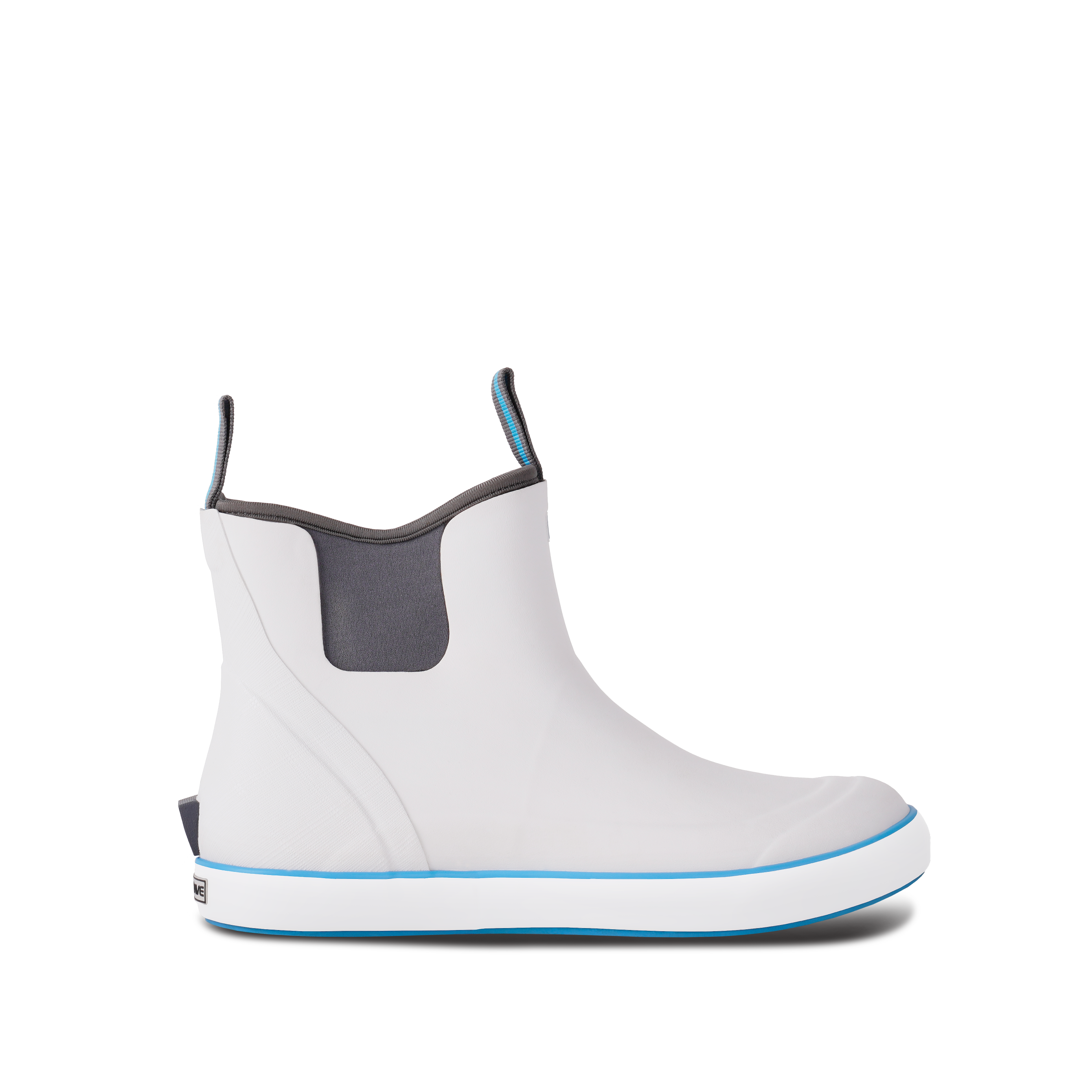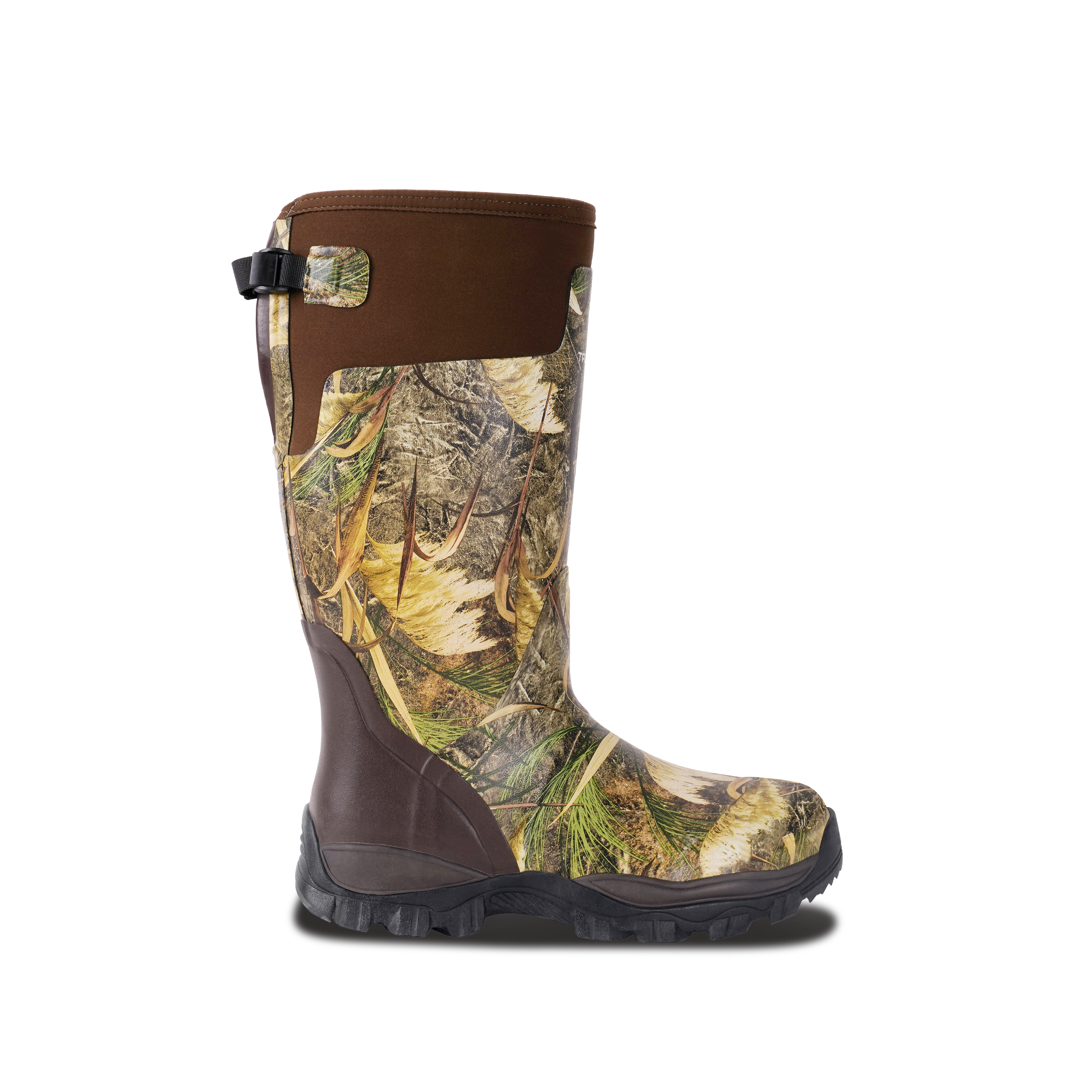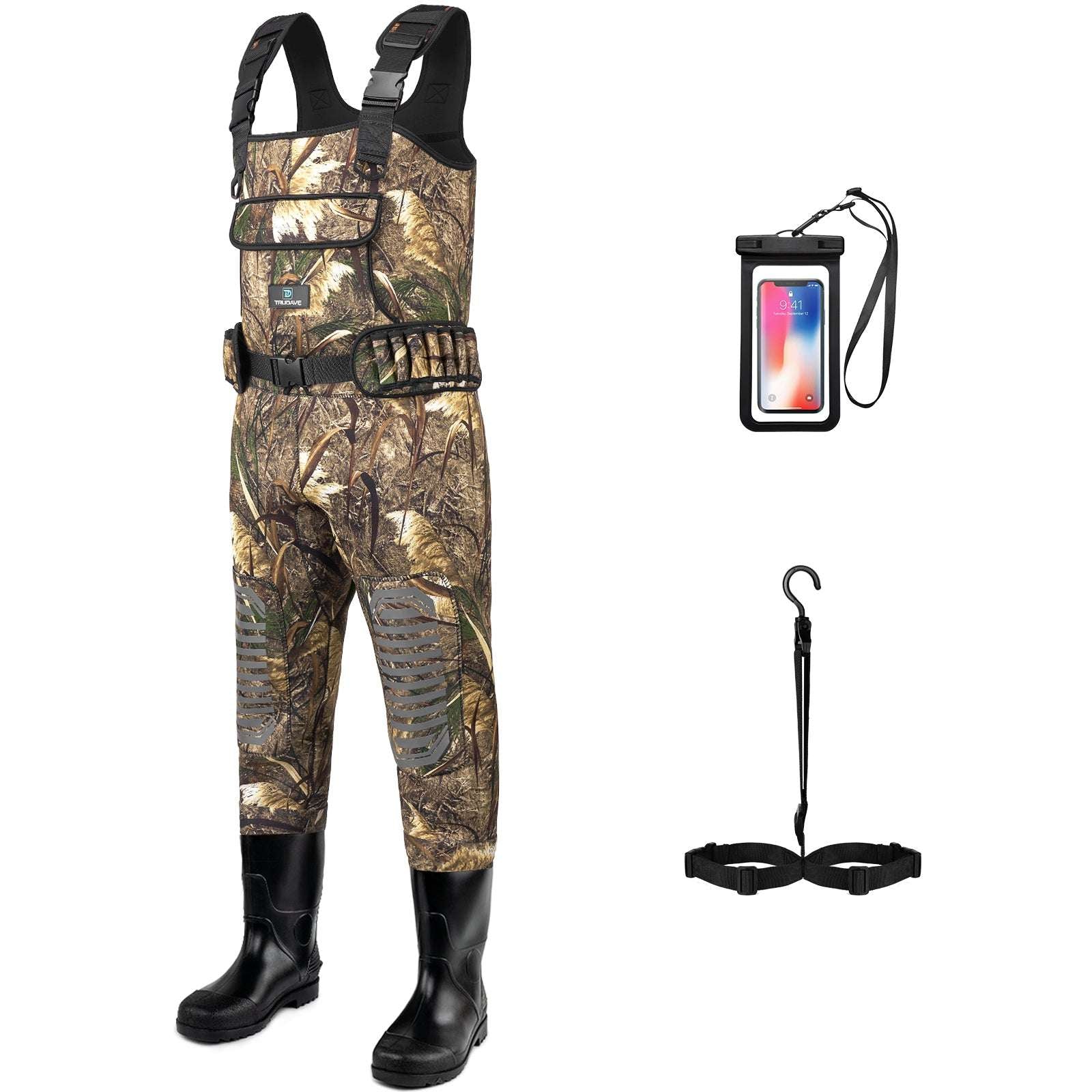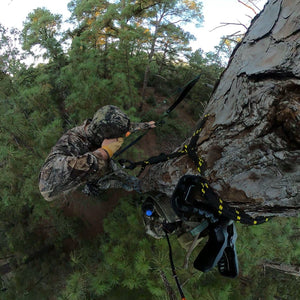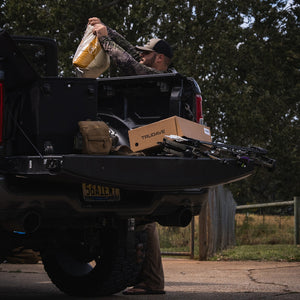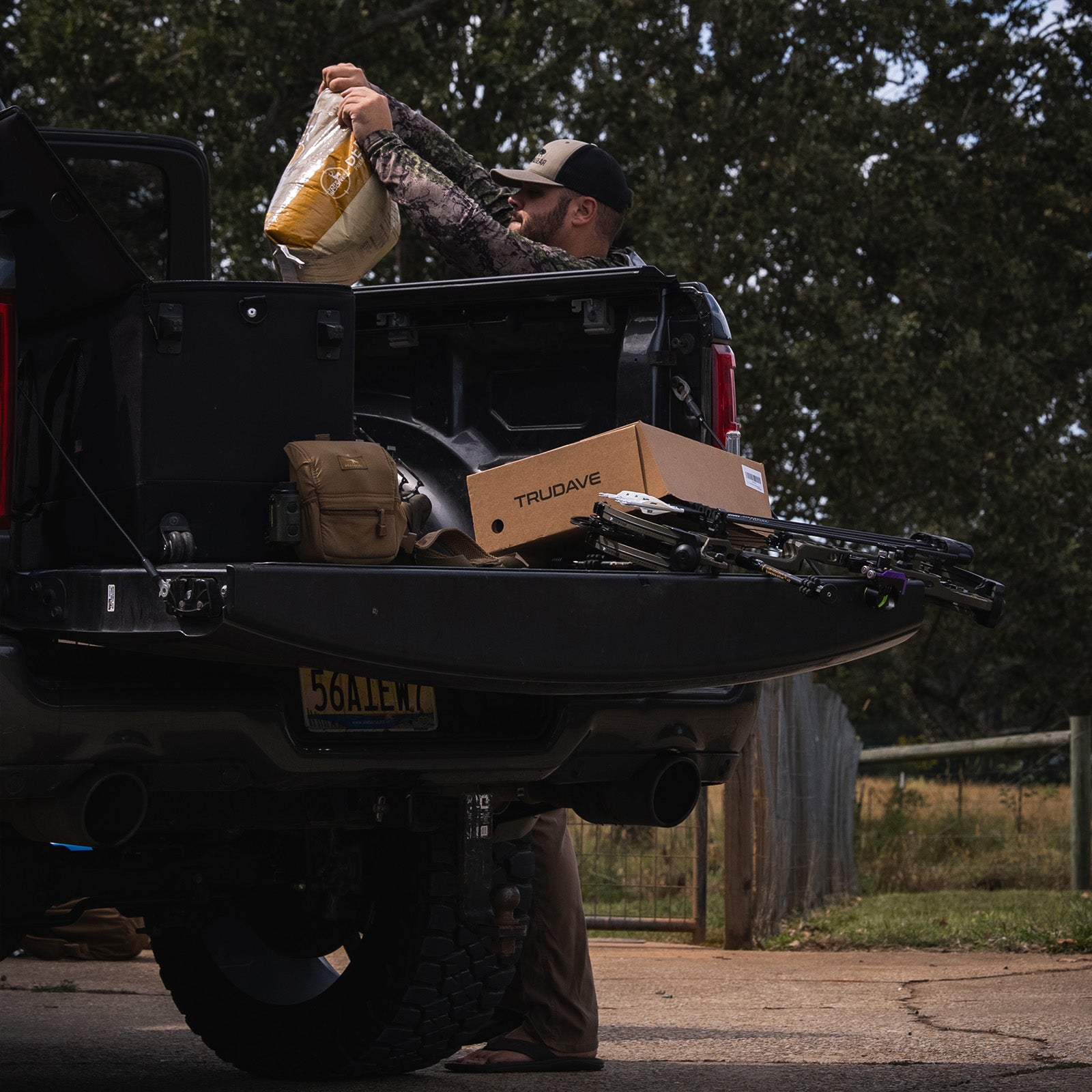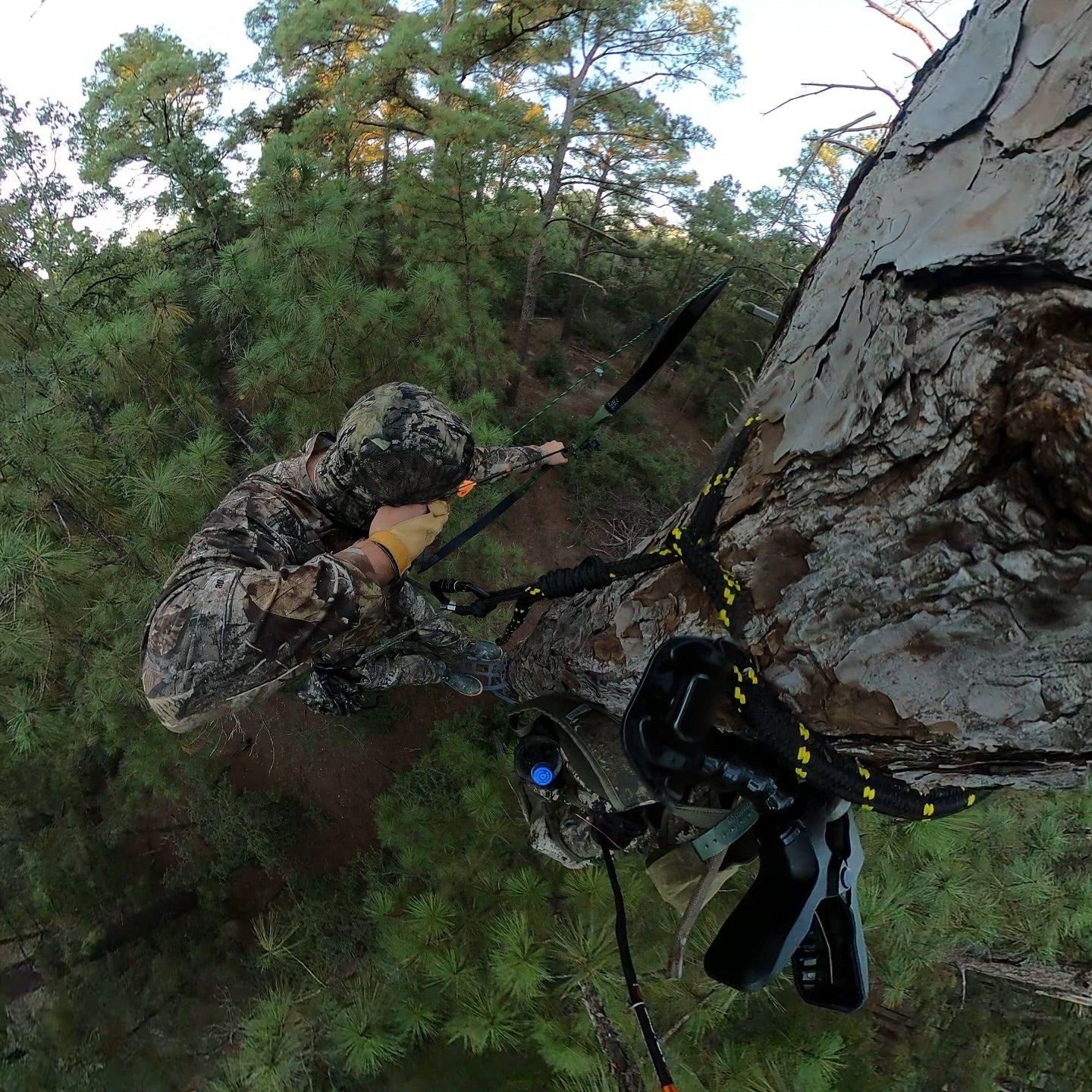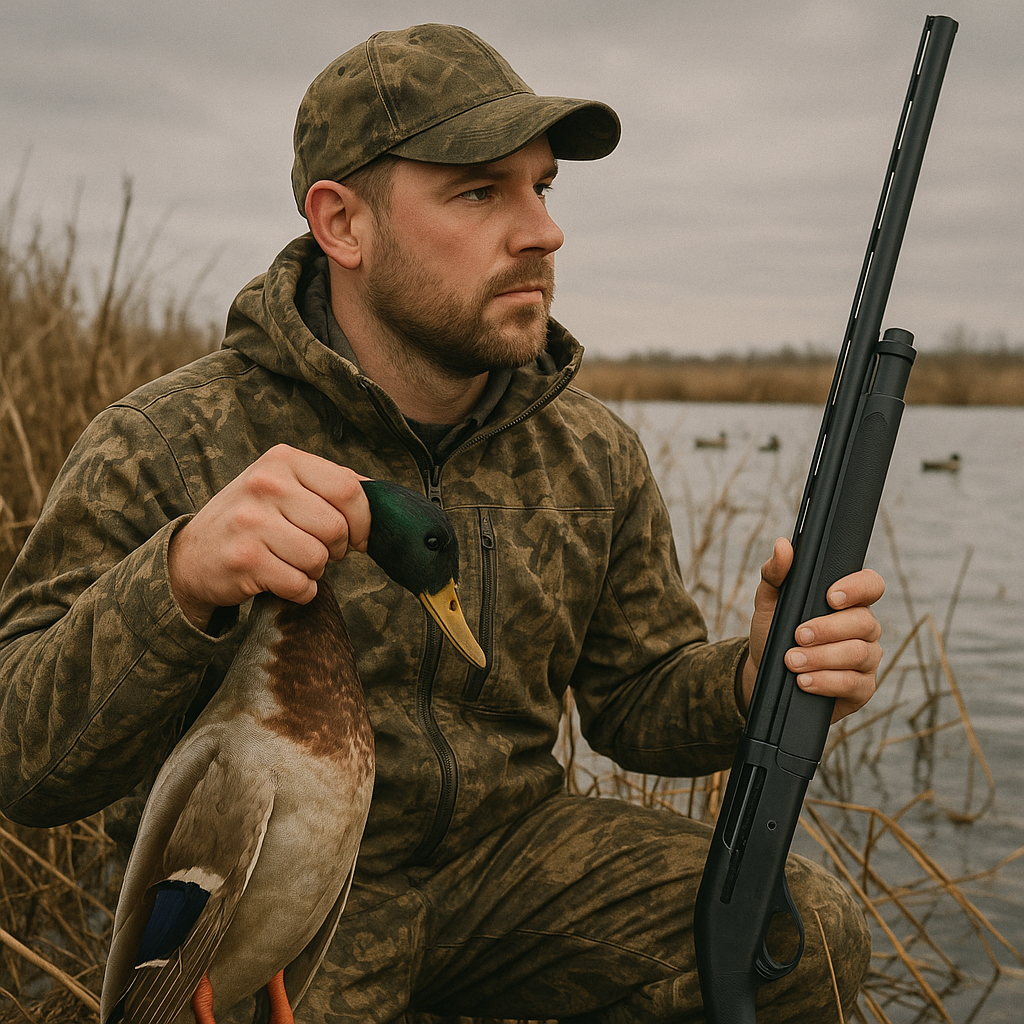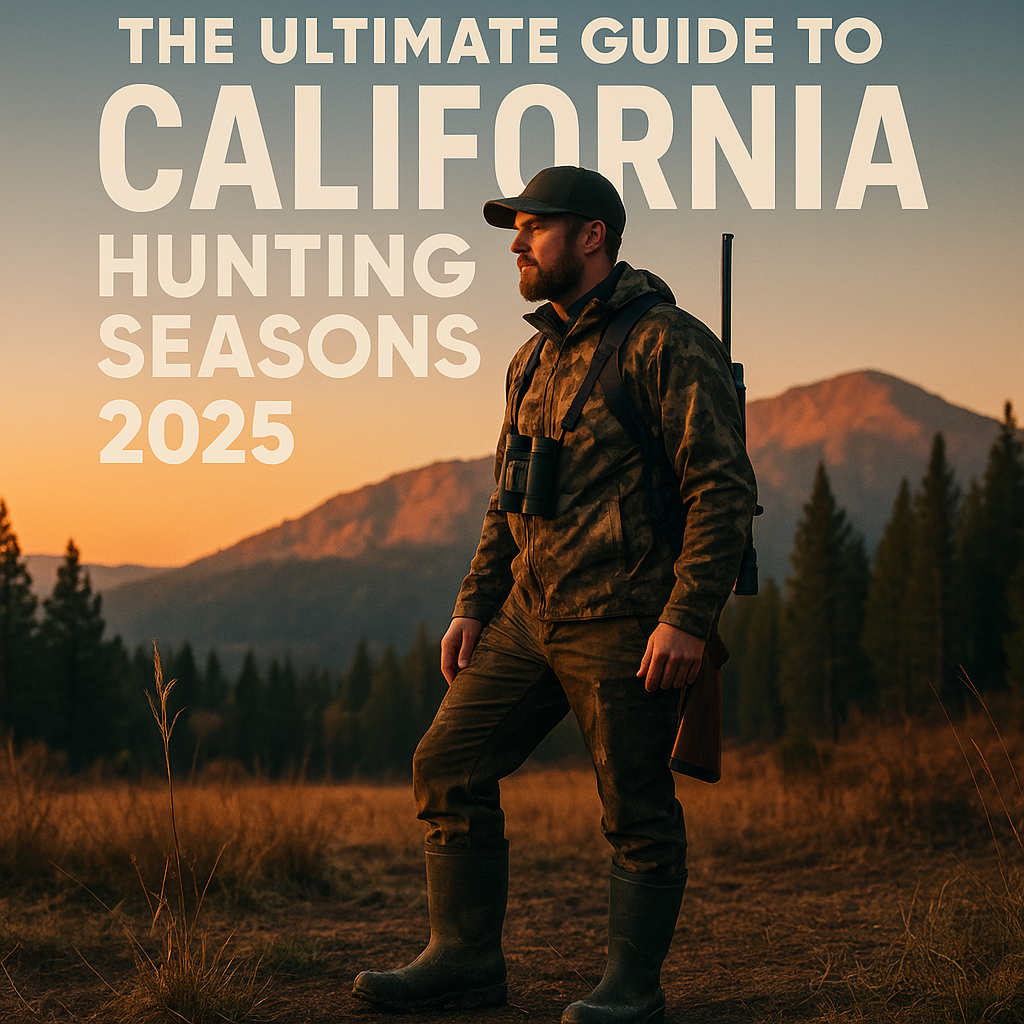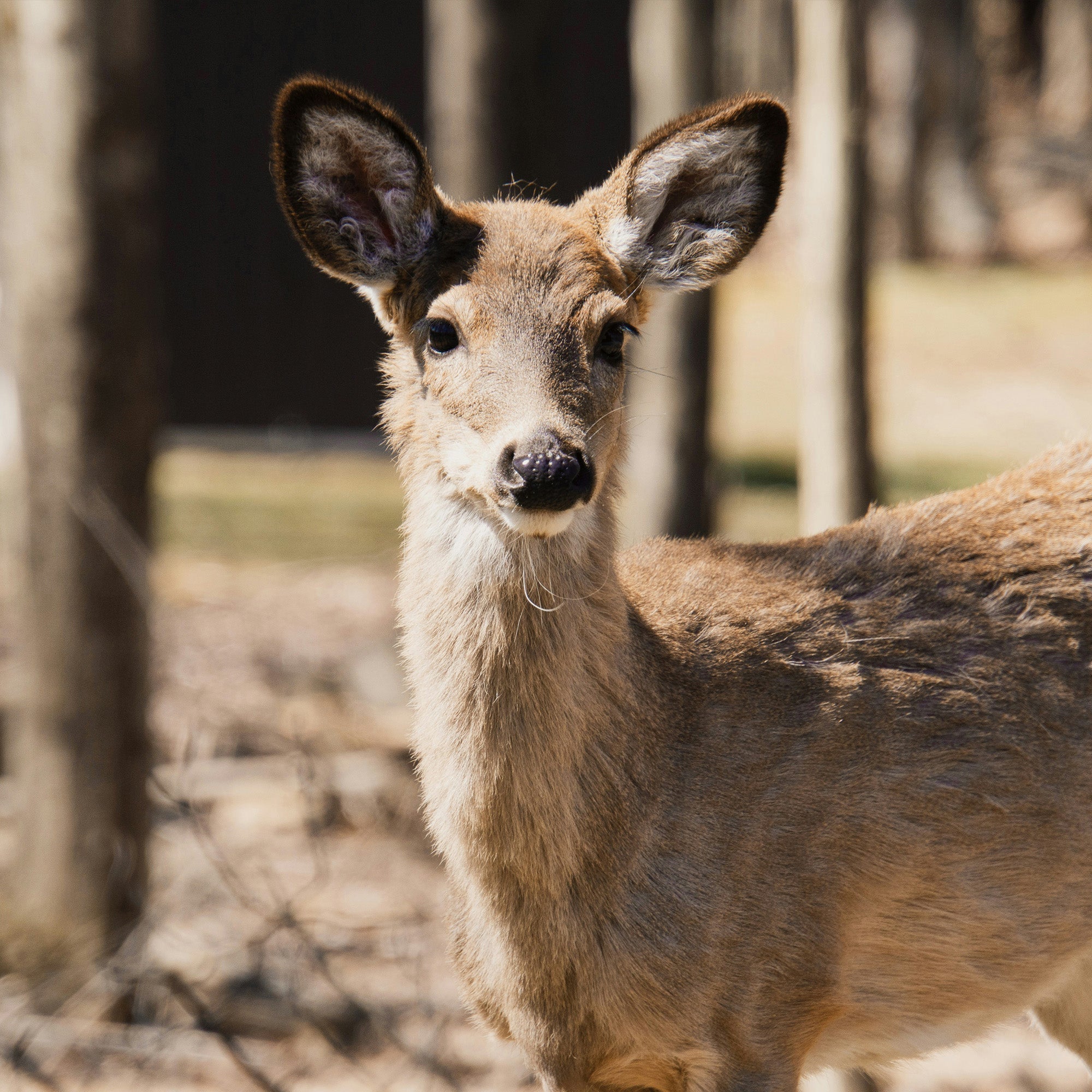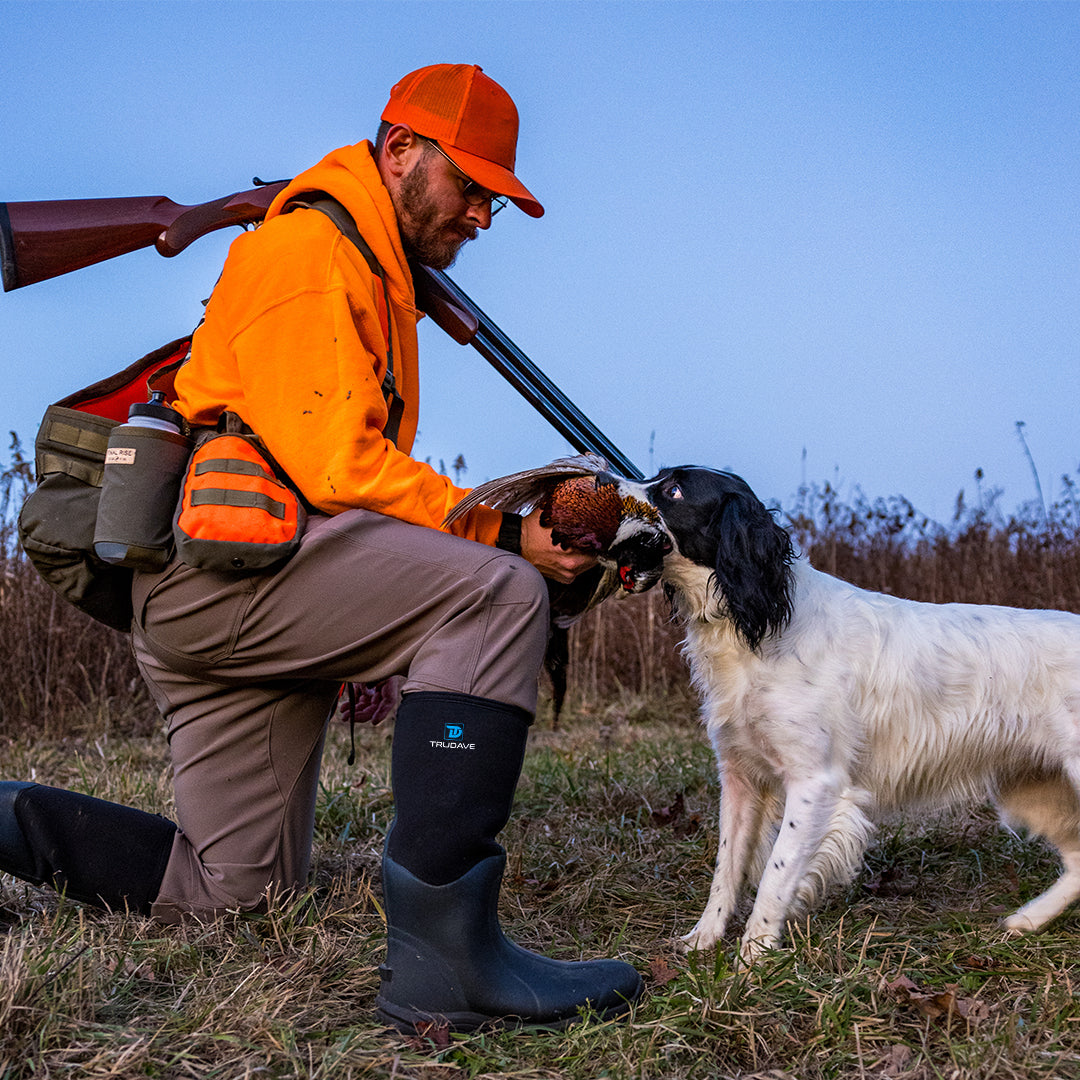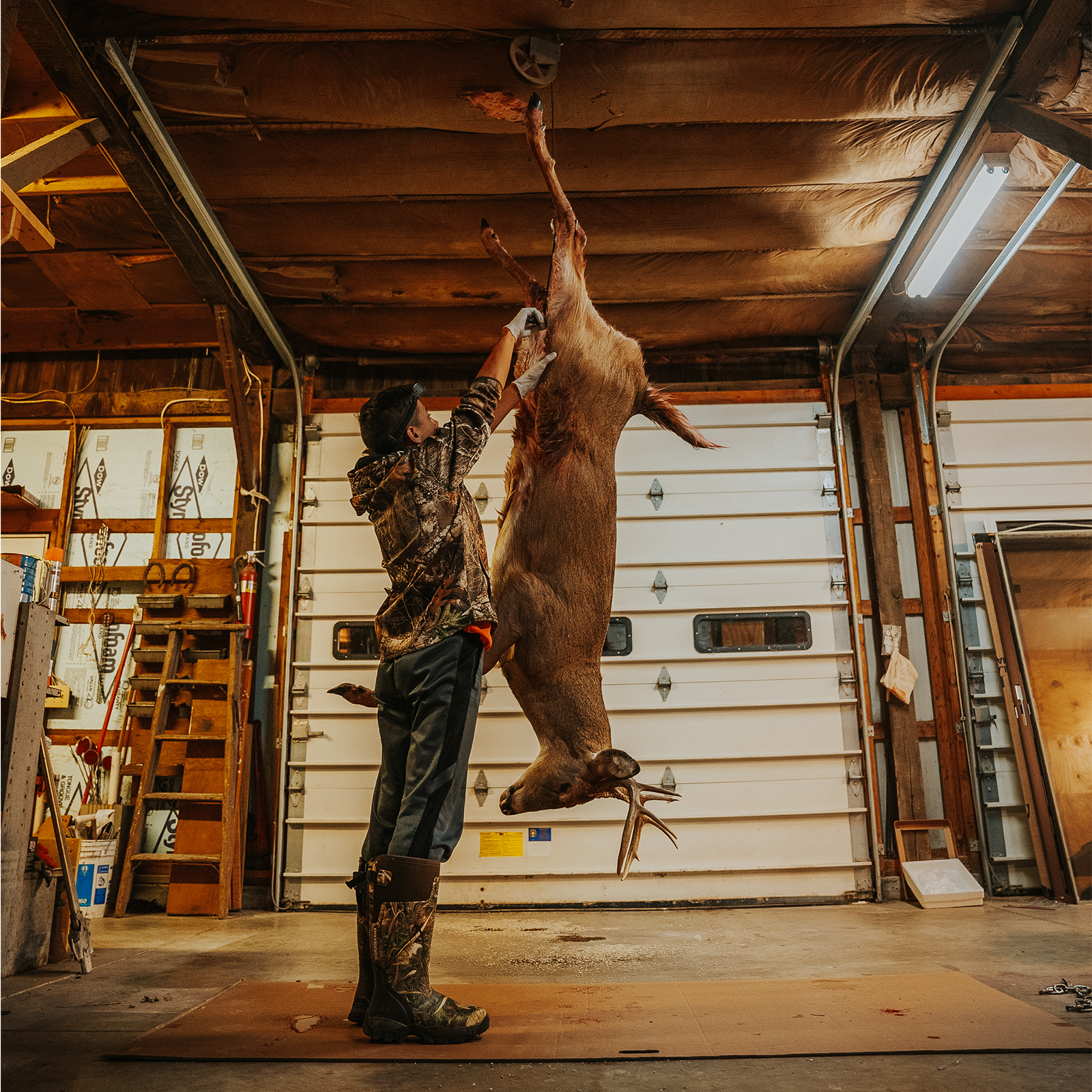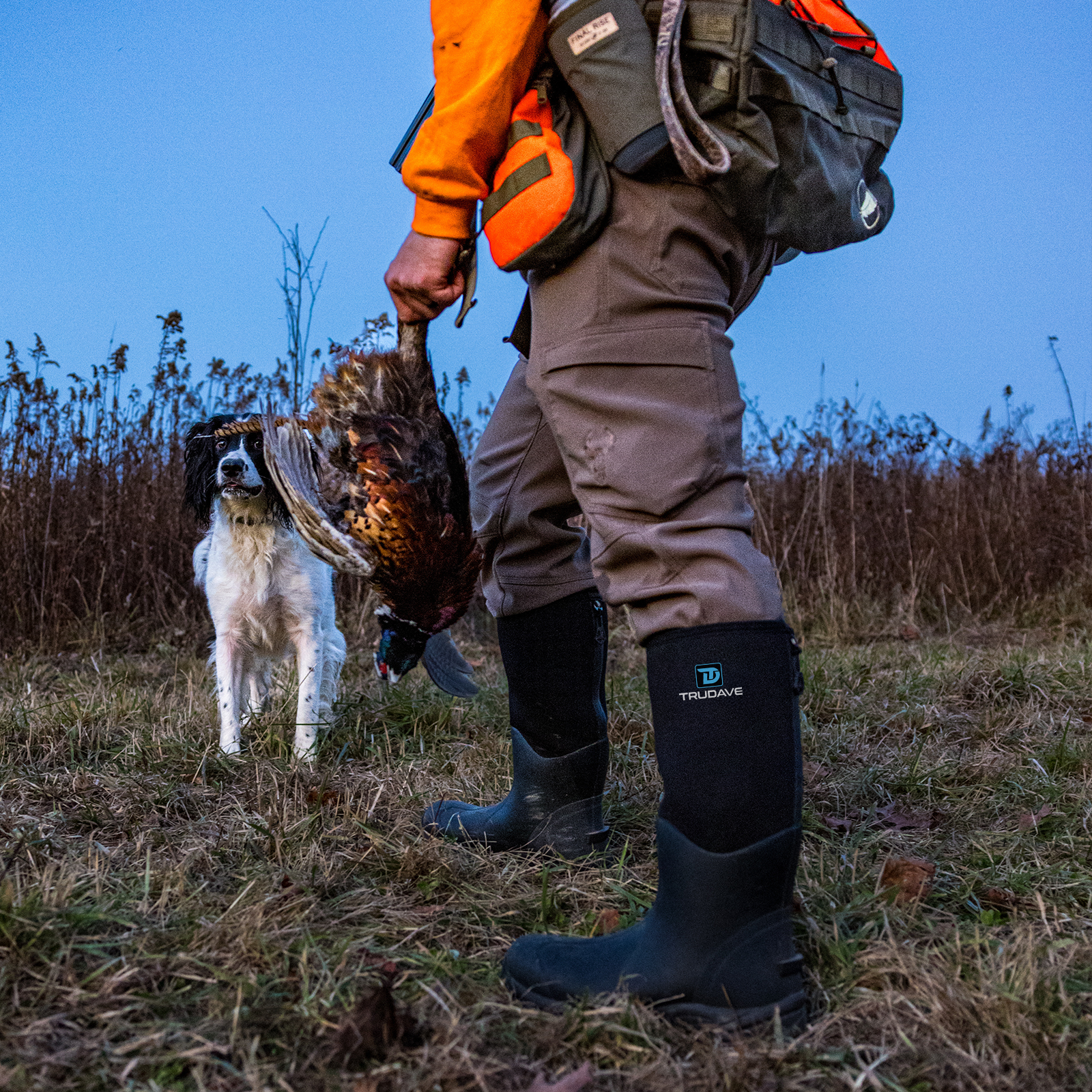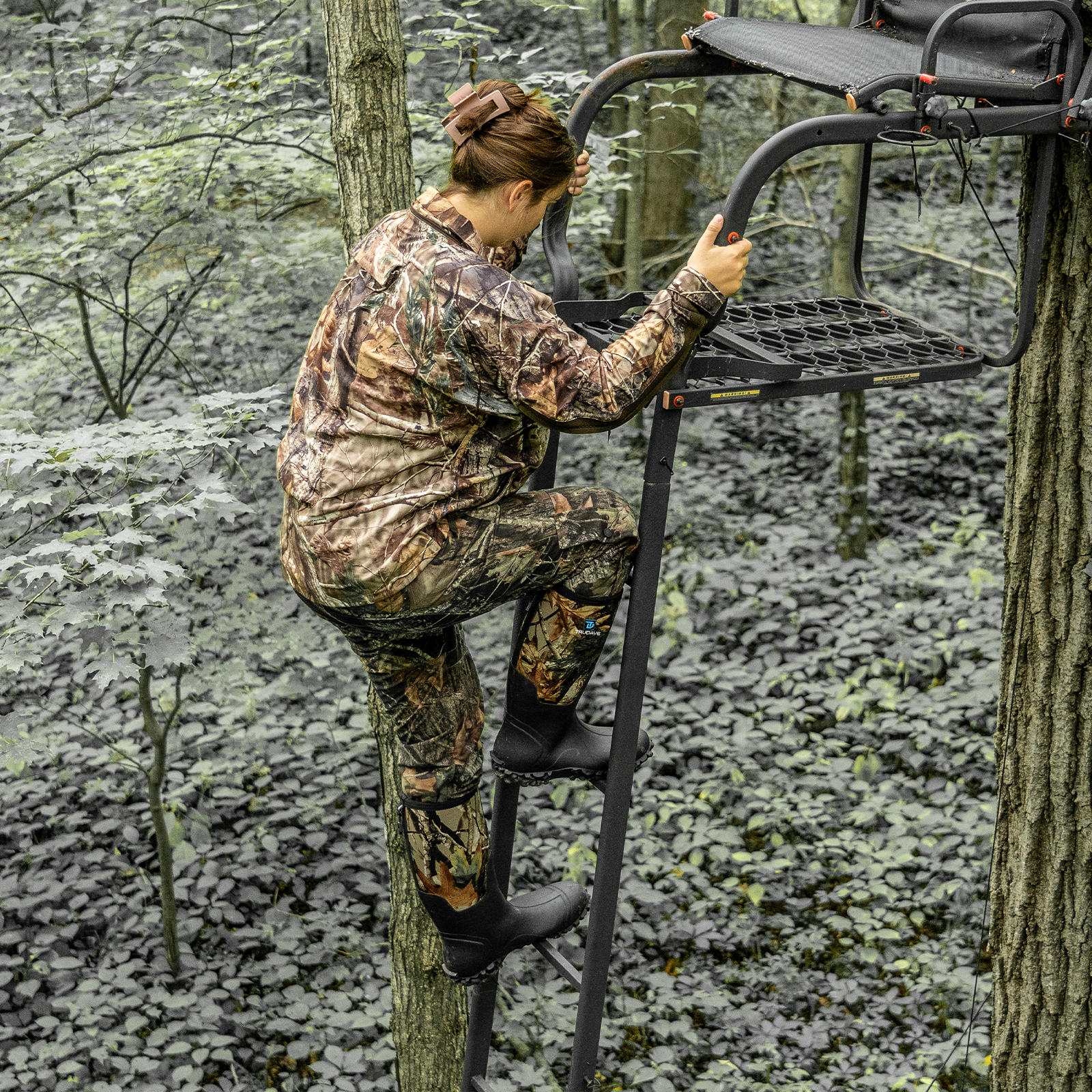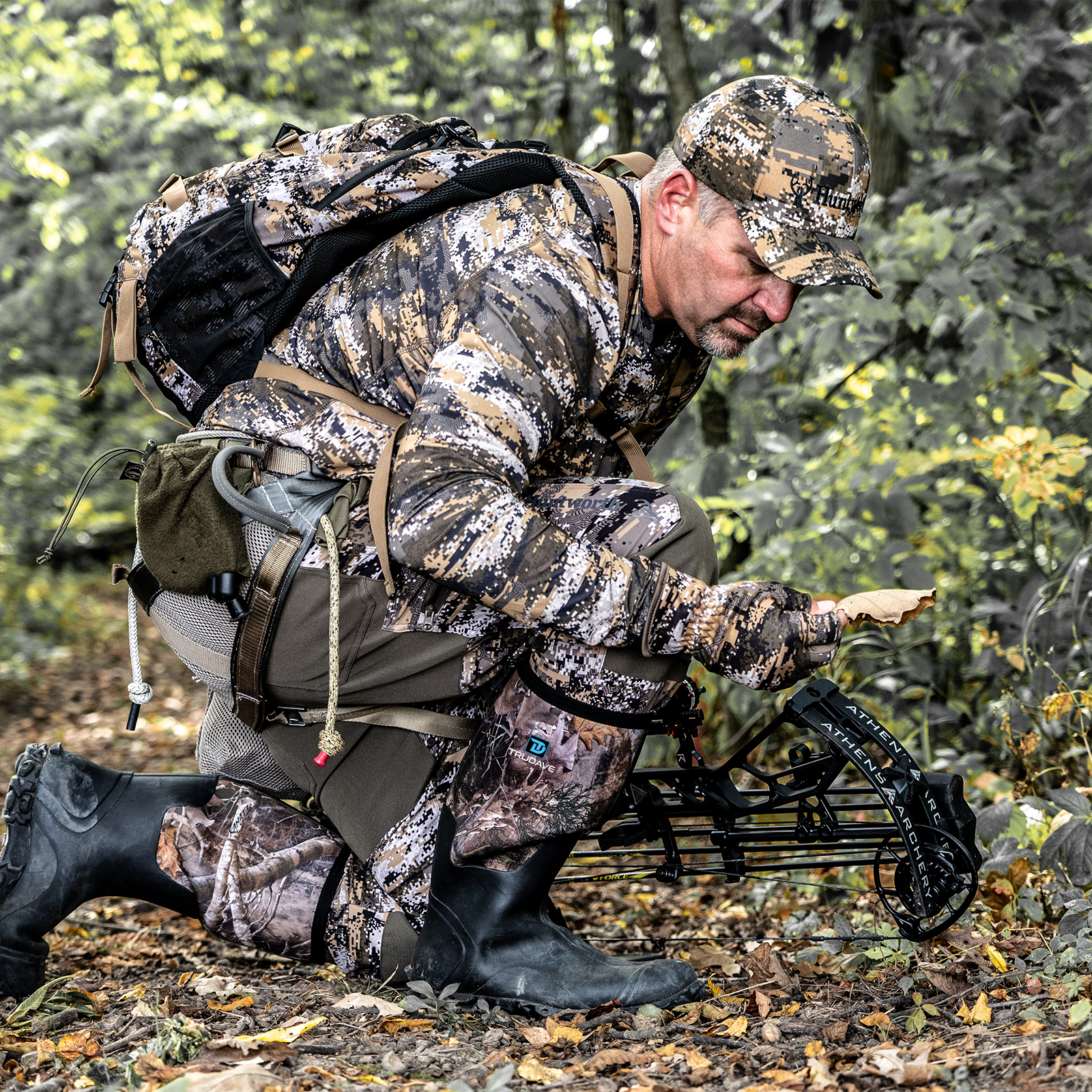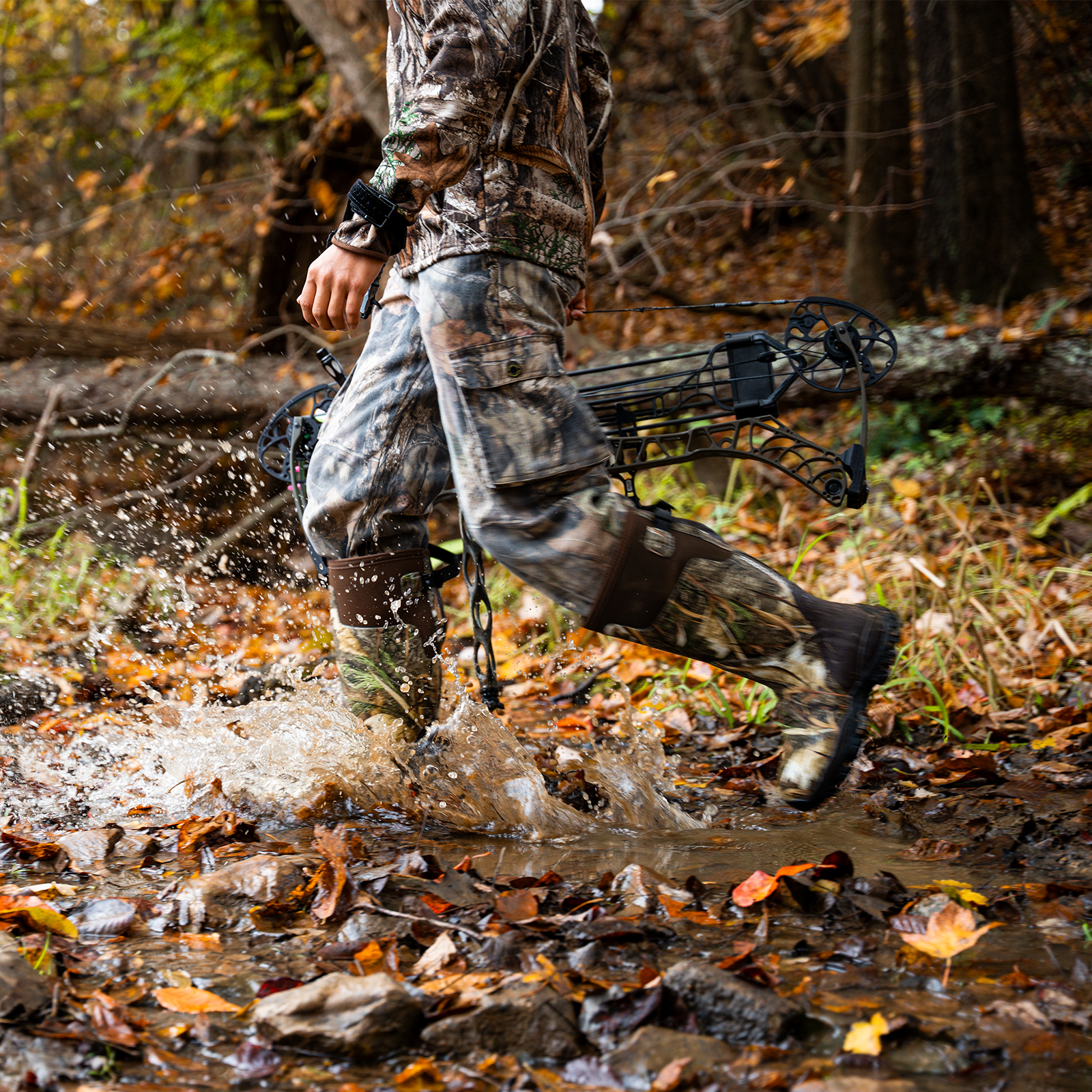This article is edited by Trudave. With years of expertise in waterproof apparel and footwear, Trudave aims to provide impartial and professional advice on selecting hunting gear for different seasons. Please note that this article does not feature Trudave products, but if you find it helpful, we would appreciate your support! Visit our official website: https://trudavegear.com.
From Noise to Nature’s Conversation
If you’ve ever watched ducks ignore your decoys and fly right past, you’re not alone. The difference between a “good hunt” and a “great hunt” often comes down to how and when you call. A duck call isn’t just a noise-maker — it’s a language. Once you speak it fluently, you’ll see more birds drop into your spread than ever before.
Understand the Types of Duck Calls
Before you can master timing, you’ve got to know what sound to use and when.
Here are the five essential duck calls every waterfowler should have in their arsenal:
-
Greeting Call – Loud, confident, and spaced-out quacks used to grab distant ducks’ attention.
-
Comeback Call – Rapid, urgent notes to pull birds back when they start drifting away.
-
Feeding Chuckle – Soft, fast “tikka-tikka-tikka” sounds mimicking ducks feeding peacefully.
-
Lonesome Hen – A long, slow series of quacks that sounds like a single hen looking for company.
-
Hail Call (Optional) – A high, long blast to reach faraway flocks in open skies.
👉 Pro Tip: If the ducks can hear you, don’t blow harder — blow smarter.
The Secret Is in the Timing
Ducks are just like people — they get suspicious when something feels off.
Calling too often, too loud, or at the wrong moment is a dead giveaway.
Here’s how pros think about timing:
-
When ducks are far away, use long, loud calls to get attention.
-
When ducks are circling, tone it down — use quiet chatter or a soft quack.
-
When ducks are committed to landing, put the call down and stay still.
Think of calling like flirting — say just enough to keep them interested, but don’t overdo it.
Learn Proper Air Control
A true duck call isn’t about lung power — it’s about diaphragm control.
Breathe from your stomach, not your cheeks. Use short bursts of air and stay relaxed.
Here’s what separates a clean sound from a squeaky one:
-
Blow through the call, not into it.
-
Keep your hand cupped over the barrel to shape tone and volume.
-
Practice both sharp single quacks and rolling feeding chuckles.
The goal is to sound like a duck, not a hunter trying to sound like a duck.
Practice with Purpose
Don’t wait until you’re knee-deep in the marsh to figure out your rhythm.
Practice daily — in your truck, garage, or backyard (your neighbors will forgive you… eventually).
-
Record your calls and compare them to recordings of live mallards.
-
Focus on rhythm and realism, not just loudness.
-
Try calling along with duck-hunting videos or apps to improve cadence.
👉 Pro tip: “Consistency beats volume.” Even quiet calls, done naturally, will draw in birds.
Match Your Call to the Situation
Every hunting setup is different, and so should your calling style be.
| Situation | Best Call | Strategy |
|---|---|---|
| Early Morning (foggy) | Greeting / Hail | Use loud, crisp calls to cut through fog. |
| Midday | Feeding / Lonesome Hen | Keep it natural and subtle. |
| Late Afternoon | Comeback | Use faster sequences to catch their attention again. |
| Windy Conditions | Hail / Comeback | Increase volume slightly, but keep rhythm steady. |
Calling is like music — tempo and emotion matter as much as tone.
Blend Calling with Realism
Even perfect calling won’t help if your setup looks fake.
To seal the deal:
-
Use realistic decoy spreads — mix species and face them into the wind.
-
Stay concealed — brush up your blind and minimize movement.
-
Mind the wind — ducks always land into it, so call from the downwind side.
Everything should look, sound, and feel like a real duck hangout.
Common Mistakes New Callers Make
-
Overcalling: You’re not in a contest — silence often kills more ducks.
-
Bad Rhythm: Real ducks quack in rhythm, not randomly.
-
Wrong Pitch: Too high or too low can spook birds.
-
Forgetting Wind Direction: Ducks can pinpoint where the call comes from.
-
Not Practicing Enough: Skill fades without repetition.
The best hunters call less but smarter.
Final Thoughts: Call Less, Hunt More
Using a duck call like a pro isn’t about fancy tricks — it’s about reading the birds and staying real.
When you time your calls right, control your air, and keep your setup believable, you’ll notice the magic moment when ducks lock their wings and commit to landing.
So next time you’re in the blind, remember: you’re not just blowing air — you’re speaking duck.
Built for hunters, made for legends — grab your Trudave gear and chase what sets your soul on fire.
Explore the wild. Own your season.
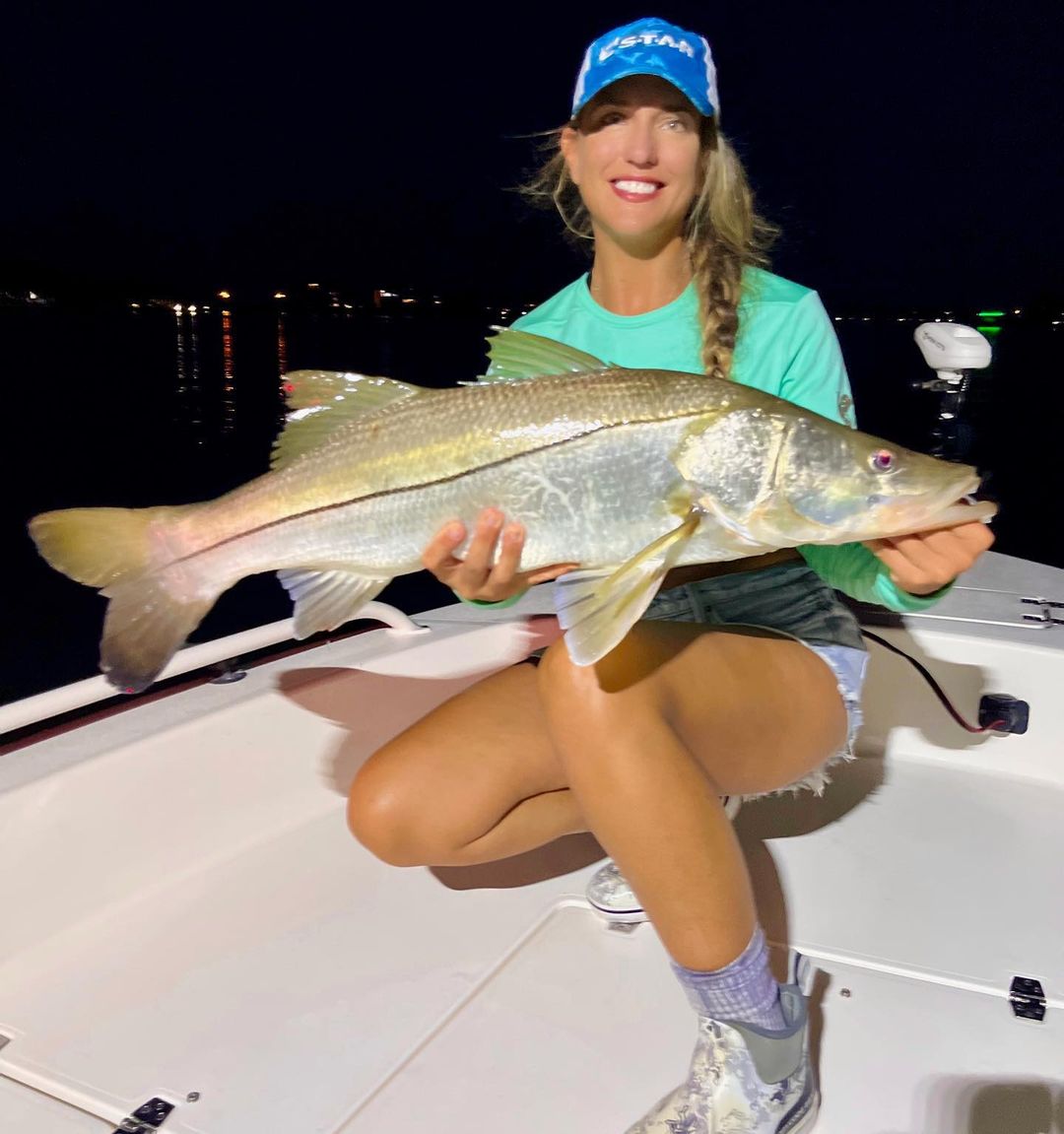
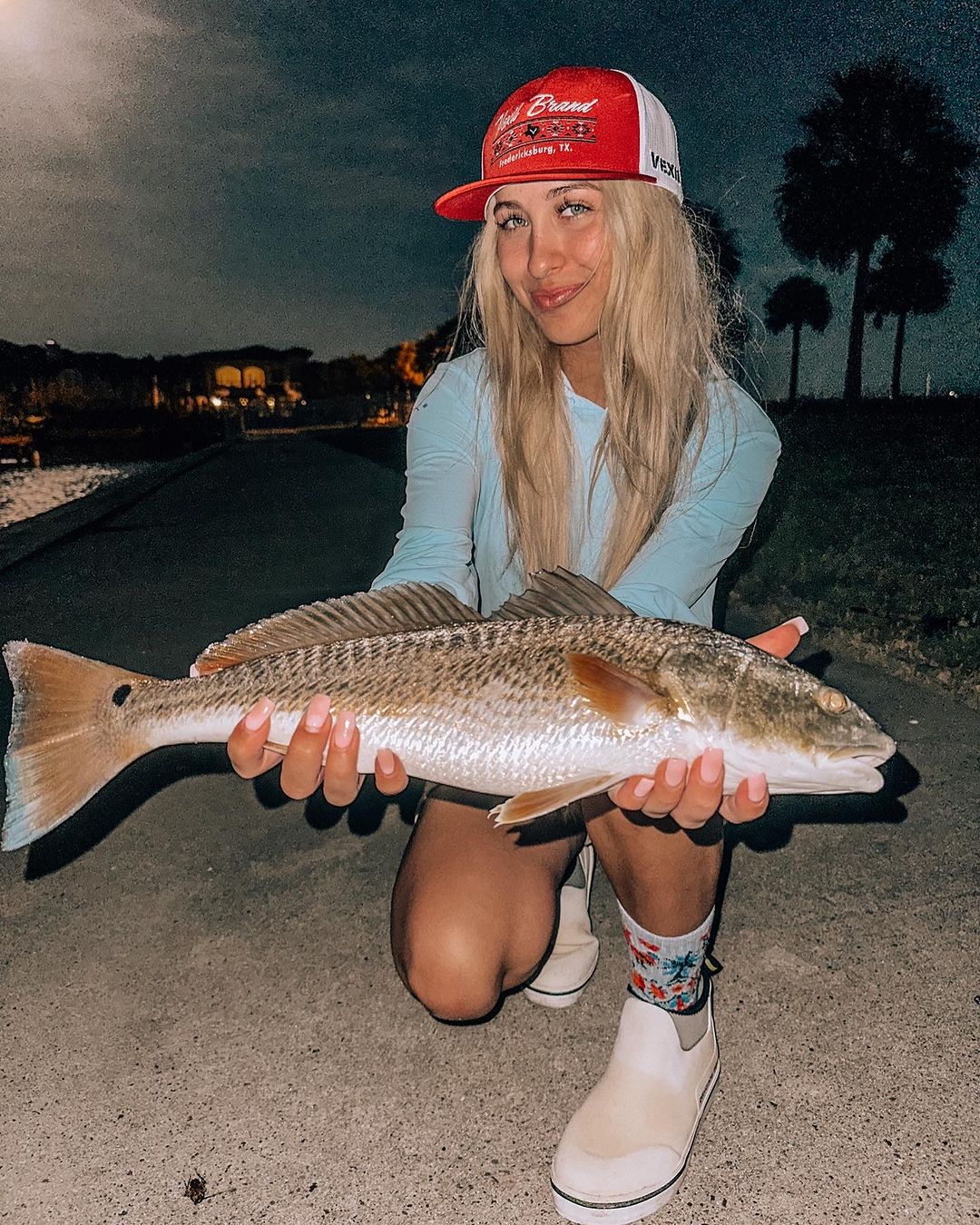
Authoritative Resources
If you'd like to learn more about hunting gear, outdoor activity safety, or related information, you can visit the following authoritative websites:
- National Rifle Association (NRA): https://www.nra.org/
- Outdoor Industry Association: https://outdoorindustry.org/
- Bureau of Land Management (BLM): https://www.blm.gov/
- Wildlife Conservation Society: https://www.wcs.org/
Additionally, if you're looking for high-quality waterproof gear, be sure to check out Trudave’s official website to explore our curated selection of products designed to keep you dry and comfortable during any outdoor adventure.
Thank you for reading and supporting us. We hope you have an extraordinary experience on every outdoor adventure you embark on!



